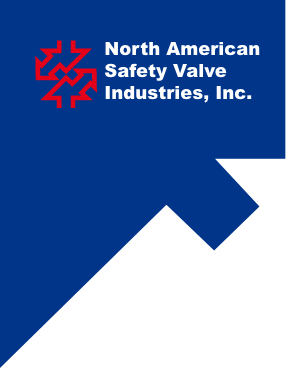Here are some “Selling Safety Valves Like a Master of the Universe 101” tips.
Selling safety valves, especially long-lead-time or hard-to-find ones, gives you another product to sell, which can get your foot in the door, be more profitable and make you a hero in customers’ eyes. No cape or slinging webs required.
Gather as much information as possible on the application. A safety valve is the last line of defense so the more intel now; the more problems averted later.
Knowing the pipe size is not enough. This isn’t a gate valve. To be your support team, we need the set pressure, what is going through the valve, flow rate, material of construction, max operating pressure and relieving temperature.
A safety valve is sized by flow rate, not pipe size. Having this information will save your customer thousands of dollars and headaches. If your customer wants an 8” safety valve because he has an 8” flange on top of his tank, and we supply that valve without knowing the flow rate? Well, we could have problems. A safety valve is a very delicate instrument. If we supply an 8” valve flowing 100,000/hr. of steam but he only has 30,000/hr. of steam, then the valve will not work properly. When the valve is asked to relieve, it won’t have enough flow to lift the disc off the seat. It will bang away and beat itself up.
Calling on a refinery/chemical plant? Get a complete spec sheet if you can. Hopefully, the sheet contains a lot of pertinent information. One of the items that is key to having a smooth operating safety valve is back pressure. A safety valve’s set pressure is created by squeezing a spring that creates force pushing down on the disc. If there is back pressure, this pressure will also come back on the disc, which changes the set pressure. We need to know how much back pressure there is and if the back pressure is constant or variable. If the customer has the safety valve installed off a pump on ground level, but the outlet pipe rises 20 feet to the top of a tank, then we have a situation. Sometimes the tank maybe half full and sometimes it might be 95% full. If the tank is half full and the safety valve relieves, most of the fluid will make it up to the tank. However, some of the fluid will be stuck coming back on the outlet of the safety valve and pushing on the disc. So, if we don’t know about the back pressure, and we set the valve at 200 psig, it won’t relieve until 225 if there is 25 psig of back pressure. In this case, when the tank is 95% full, the back pressure will be much higher. Meaning, sometimes, there could be 25 psig back pressure and sometimes 75 psig back pressure. With back pressure specs, we will recommend a valve with a bellows in it to compensate for the variable back pressure. The bellows negates the back pressure on the disc, and when set for 200 psig, everything will work smoothly.
In a scenario with constant back pressure, we need to know how much there is to properly set the safety valve. For example, a valve need set at 200 with 25 psig of constant back pressure would be set at 175 and the back pressure would make up the rest of the pressure setting. The nameplate would read, “Set at 200 psig with a notation of 175/25 BP.”
There you have it. Now, you’ve got the basics down for becoming a go-to resource for your customers. By asking the right questions and digging into those spec sheets, you’ll be able to tackle their challenges, whether it’s dealing with back pressure or finding that perfect valve. With this know-how, you’re ready to offer great solutions, and NASVI’s expertise and stock of safety valves are here to back you up.

